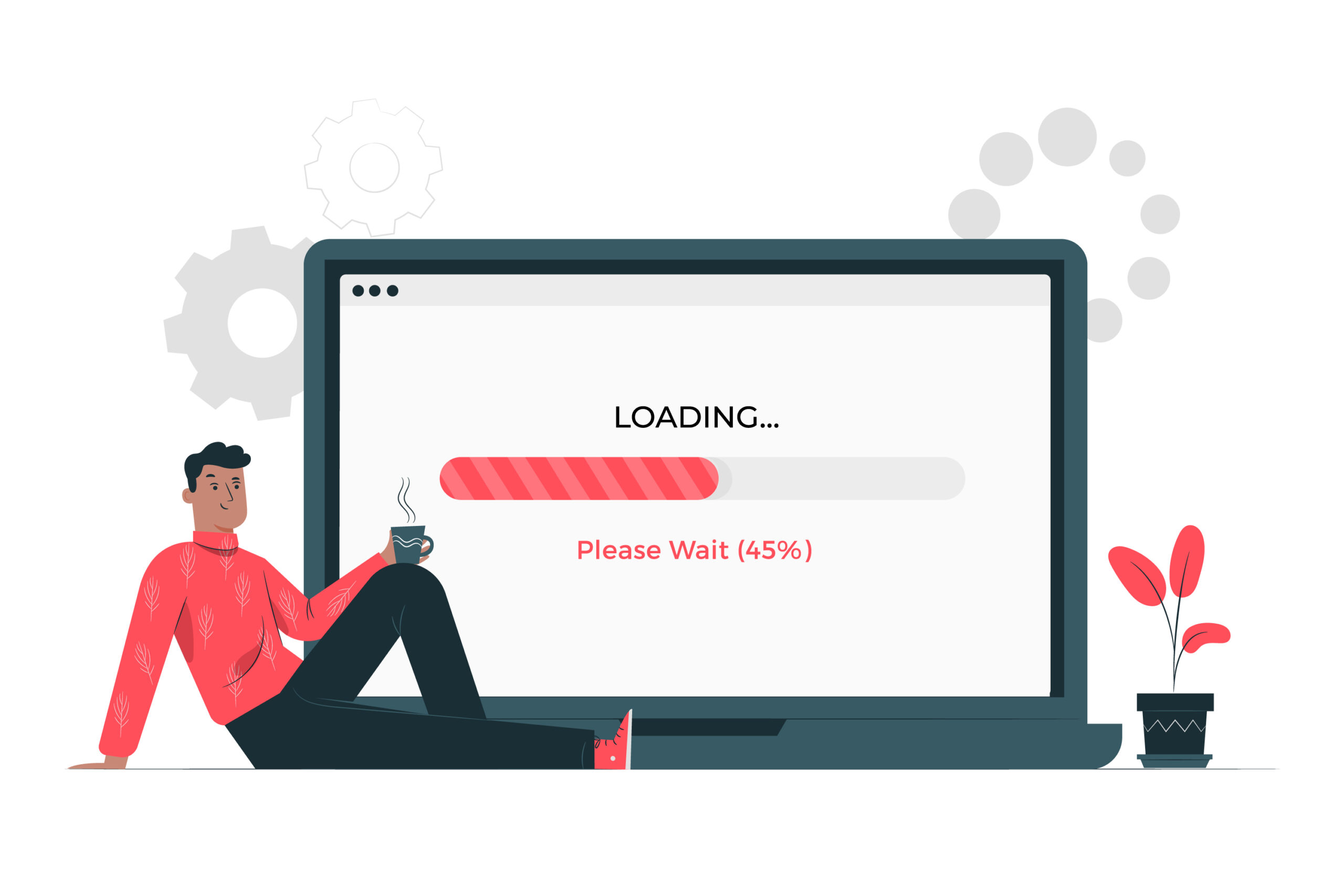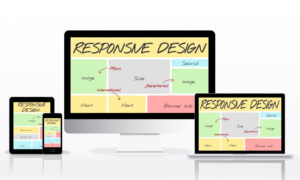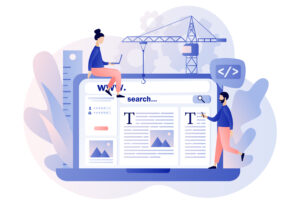In today’s digital era, user experience and website loading speed play a crucial role in determining the success of any online venture. A well-designed website that loads swiftly can significantly enhance user engagement, boost conversion rates, and improve search engine rankings. On the other hand, a poorly designed website with slow loading times can drive away potential customers, adversely affecting both user satisfaction and organic search visibility.
In this comprehensive article, we delve into the intricate relationship between web design and website loading speed. We explore the various factors that influence loading times and provide practical insights and optimization techniques to help you outrank competitors and create a blazing-fast website that captivates your audience.
Table of Contents
Understanding Website Loading Time Metrics
Before we delve into the profound impact of web design on website loading speed, let’s grasp the key metrics that determine loading times:
- Page Load Time: This is the total time taken for a web page to load completely, including all elements like images, scripts, and content.
- Time to First Byte (TTFB): TTFB measures the time it takes for a user’s browser to receive the first byte of data from the server after sending the request.
- First Contentful Paint (FCP): FCP marks the point when the first visual element (e.g., text, image) appears on the screen.
- Time to Interactive (TTI): TTI denotes the time it takes for a page to become fully interactive, allowing users to engage with its elements.
- Bounce Rate: This metric represents the percentage of users who leave a website after viewing only one page. Slow-loading pages often contribute to a higher bounce rate.
How Web Design Affects Loading Speed
Web design encompasses various elements that can either enhance or hinder website loading speed. Below, we explore the significant aspects of web design and their influence on loading times:
Image Optimization
Images are an essential part of any visually appealing website, but they can also be a major culprit behind slow loading times. By optimizing images, you can strike a balance between visual appeal and loading speed:
- Use the Appropriate Image Format: Choose JPEG for photographs and PNG for graphics with transparency. This ensures smaller file sizes without compromising quality.
- Compress Images: Utilize compression techniques to reduce image file sizes further while maintaining visual fidelity.
- Implement Lazy Loading: Lazy loading delays the loading of images until they come into the user’s viewport, reducing initial load times.
Minimizing HTTP Requests
Each element on a web page, such as images, scripts, and stylesheets, requires a separate HTTP request. Minimizing these requests can significantly improve loading speed:
- Combine CSS and JavaScript Files: Reduce the number of HTTP requests by bundling CSS and JavaScript files together.
- Optimize External Scripts: Only include external scripts that are essential for your website’s functionality. Remove any unnecessary or outdated scripts.
Mobile Responsiveness
With the majority of internet users accessing websites through mobile devices, mobile responsiveness is critical for loading speed and user experience:
- Responsive Web Design: Ensure that your website adapts seamlessly to different screen sizes and devices.
- Accelerated Mobile Pages (AMP): Consider implementing AMP, a technology that creates lightweight versions of web pages optimized for mobile viewing.
Caching Mechanisms
Caching is a powerful technique that stores previously loaded data, enabling faster subsequent access:
- Browser Caching: Leverage browser caching to store static resources on a user’s device, reducing the need to download them on subsequent visits.
- Content Delivery Network (CDN): Utilize CDNs to store and deliver website content from servers located closer to users, minimizing latency and loading times.
Server Response Time
The time it takes for your server to respond to a user’s request significantly impacts loading speed:
- Choose Reliable Hosting: Opt for a reputable hosting provider with excellent server performance and high uptime guarantees.
- Server Optimization: Implement server-side optimizations, such as using caching mechanisms and Gzip compression, to reduce response times.
A well-designed website that prioritizes loading speed can significantly impact user experience, search engine rankings, and overall business success. By optimizing images, minimizing HTTP requests, focusing on mobile responsiveness, leveraging caching mechanisms, and improving server response time, you can create a high-performance website that outranks competitors and keeps your audience engaged.
Remember, the journey to outrank competitors on Google doesn’t end here. Regularly monitor your website’s performance, conduct A/B tests, and stay up-to-date with the latest web design trends and optimization techniques to maintain your competitive edge.
FAQs:
Q1. Does web design affect SEO ranking?
Yes, web design plays a crucial role in SEO ranking, as search engines consider loading speed and user experience as essential factors for ranking websites.
Q2. Can I have a visually appealing website with fast loading speed?
Absolutely! By optimizing images, minimizing scripts, and leveraging modern design techniques, you can have an attractive website without compromising loading speed.
Q3. How can I test my website’s loading speed?
There are several online tools like Google PageSpeed Insights and GTmetrix that can measure your website’s loading speed and suggest optimizations.
Q4. What is a good loading speed for a website?
Ideally, a website should load within 2 to 3 seconds. The faster, the better, as it improves user experience and SEO ranking.
Is mobile responsiveness crucial for loading speed?
Yes, mobile responsiveness ensures that your website loads quickly and correctly on various mobile devices, positively impacting loading times.




